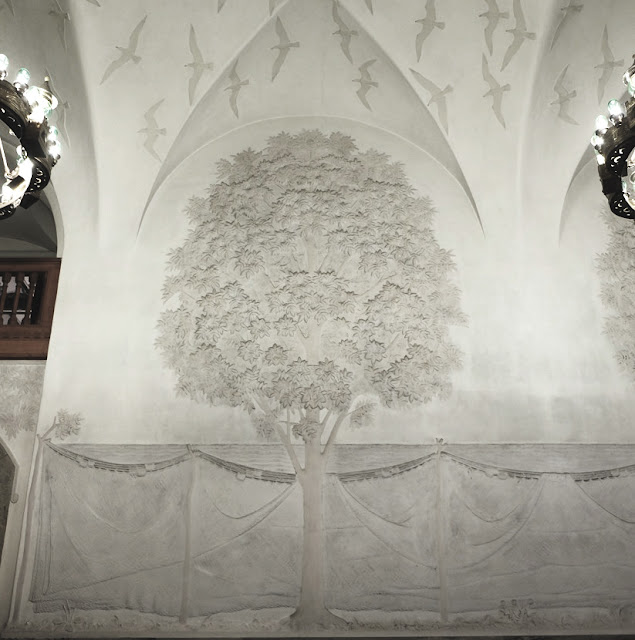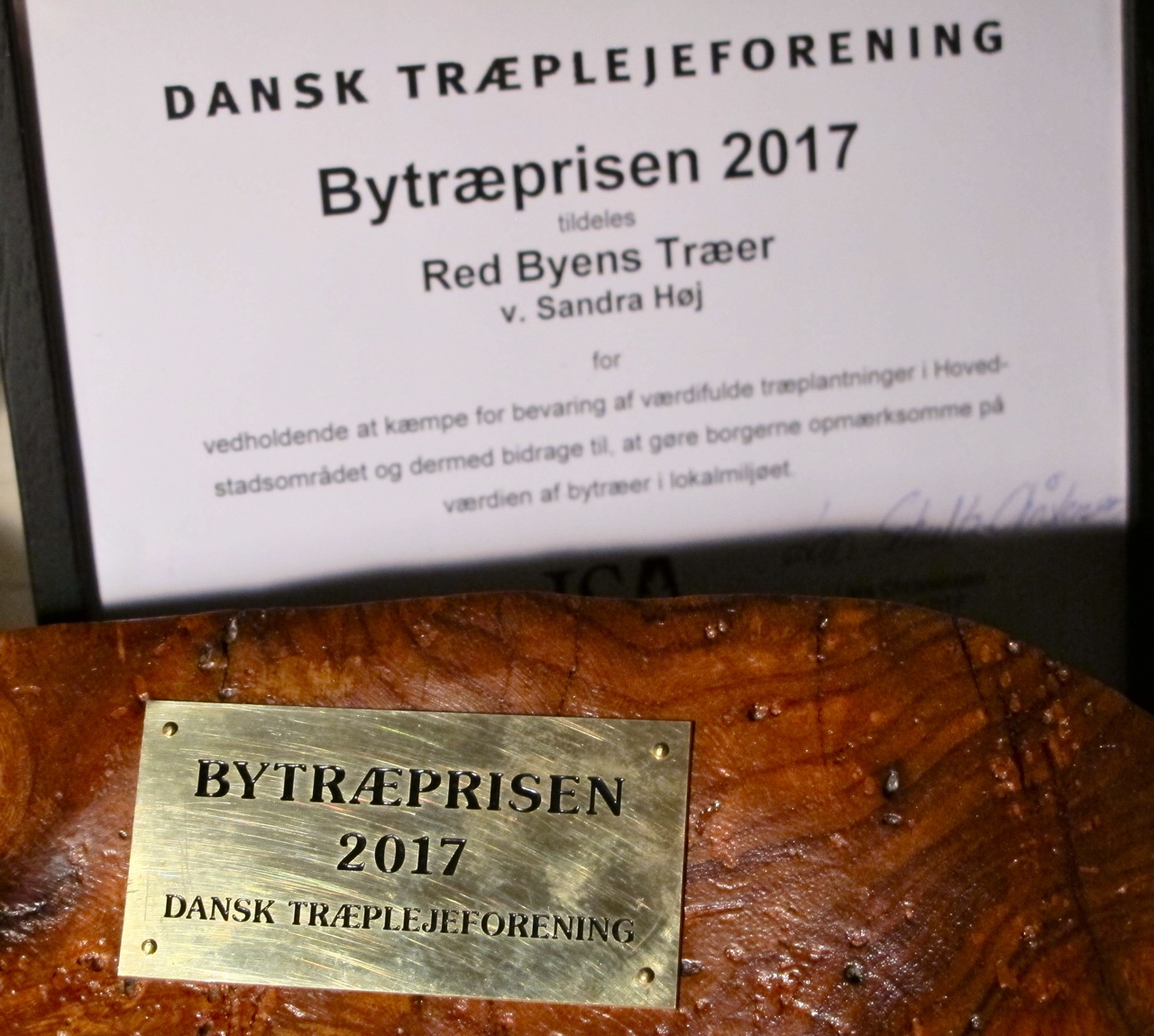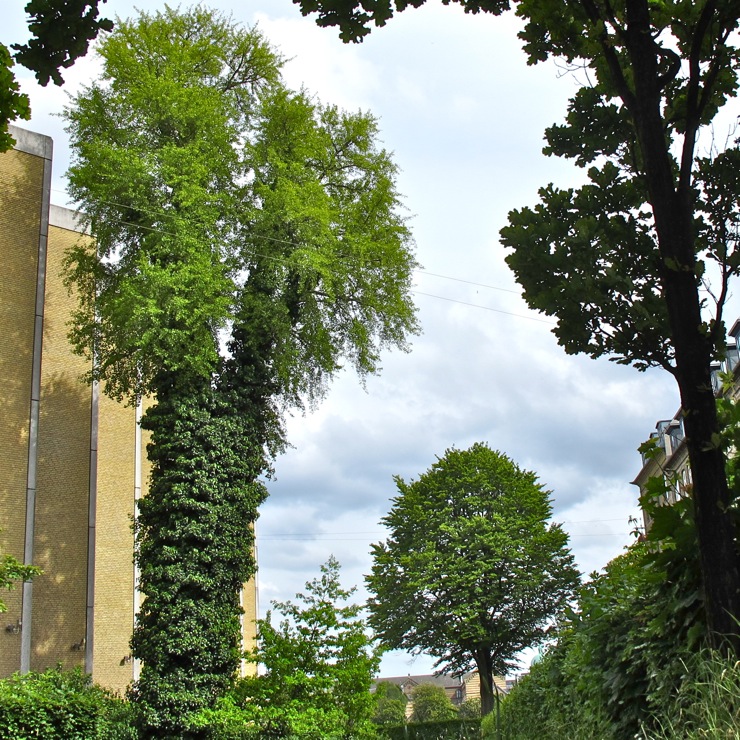Leading up to the local elections in November, we will focus on our tormented street trees, of which the lethal salting plays a crucial part. Salt is poison to all living organisms and the damages are thoroughly documented: the salt is collected in the soil and dries up the roots, causing stress in the tree, deformity at the crown and in the end it withers and die. There is a viable alternative to salt, called caliumformiat. Short-term it is exactly twice the cost of salt, but long term it is an investment with a solid return. The question is if we want trees lining our streets and roads, or not? If we do, salting along street trees must stop. It simply must be a political priority.
In other big cities around the world, salt has been abandoned long ago. In Berlin they even hand out steep fines to land owners, if they use salt. It is that serious. Meanwhile in Copenhagen, the trees are systematically killed, to save on cost. By the lakes you see the staggering difference between the two de-icing solutions, as one side (only) have been tested with caliumformiat since 2010. An attached map of the route reveals a small skip, easily read on the unlucky trees. Take a guess which trees in the pictures below have been subjected to salt.
Or just take a stroll through the city and read the damages in the burnt leaves,
dead parts and crippled crowns. This is how damaging salt is. The money saved by using salt, ultimately is a costly affair.
Take a guess where the salting vehicle makes a loop...
Here is the gentle route for the lakes, in red:
And a close up at the telling loop, where the caliumformiat skips.
Here are the trees at the same point, seen from a different angle. The first in the row of spared are even burnt on the salt side. It is a cry for help. Echoed by the photographer while shooting, I might add.
Below the two sides of the lake, as seen from Dr. Louises Bridge. Unsalted first.
Tormented horse chestnut trees. Vulnerable due to pavement and compressed soil and the final nail in the coffin: salt.
It is absolutely possible to make more routes with caliumformiat. Like for example bike lanes, typically lining the trees. No one is asking the city to leave out all salt at once, everywhere, at the estimated cost of 50 million crowns. But to continue the salting of our street trees, will be the end of them. It is that simple.























































